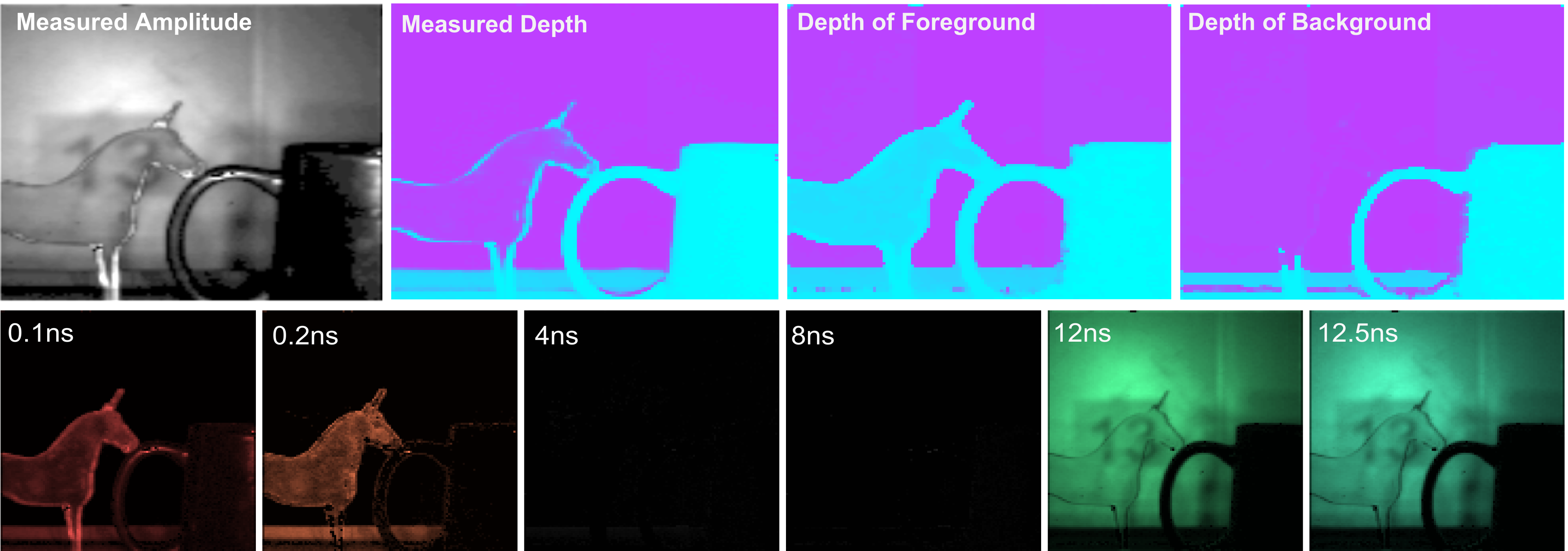
Computational and Compressive Displays
Computational photography has become an increasingly active area of
research within the computer graphics community. Within the few last
years, the amount of research has grown tremendously with dozens of
published papers per year in a variety of vision, optics, and graphics
venues. A similar trend can be seen in the emerging field of
computational displays - spurred by the widespread availability of
precise optical and material fabrication technologies, the research
community has begun to investigate the joint design of display optics
and computational processing. In this talk I will highlight recent
work on computational and compressive displays to achieve glasses-free
3D effects, high dynamic range, and superresolution.
Wolfgang Heidrich, King Abdullah University of Science and Technology and University of British Columbia

PiCam: An Ultra-Thin High Performance Monolithic Camera Array
We present PiCam, a thin monolithic camera array that captures light fields and synthesizes high resolution images along with scene depth, through integrated parallax detection and superresolution. The camera is passive, supporting both stills and video, low light capable, and small enough to be included in mobile devices including smartphones.
Kartik Venkataraman, Pelican Imaging Corporation
Dan Lelescu, Pelican Imaging Corporation
Jacques Duparre, Pelican Imaging Corporation
Andrew McMahon, Pelican Imaging Corporation
Gabriel Molina, Pelican Imaging Corporation
Priyam Chatterjee, Pelican Imaging Corporation
Robert Mullis, Pelican Imaging Corporation
Shree Nayar, Columbia University

Coded Time of Flight Cameras: Sparse Deconvolution to Address Multipath Interference and Recover Time Profiles
Time of flight cameras produce real-time range maps at a relatively
low cost using continuous wave amplitude modulation and demodulation. In this paper, we address the open problem of multipath interference and time profile generation. Our technique hinges on a sparsity-based deconvolution.
Achuta Kadambi, Massachusetts Institute of Technology
Refael Whyte, University of Waikato
Ayush Bhandari, Massachusetts Institute of Technology
Lee Streeter, University Of Waikato
Christopher Barsi, Massachusetts Institute of Technology
Adrian Dorrington, University Of Waikato
Ramesh Raskar, Massachusetts Institute of Technology






